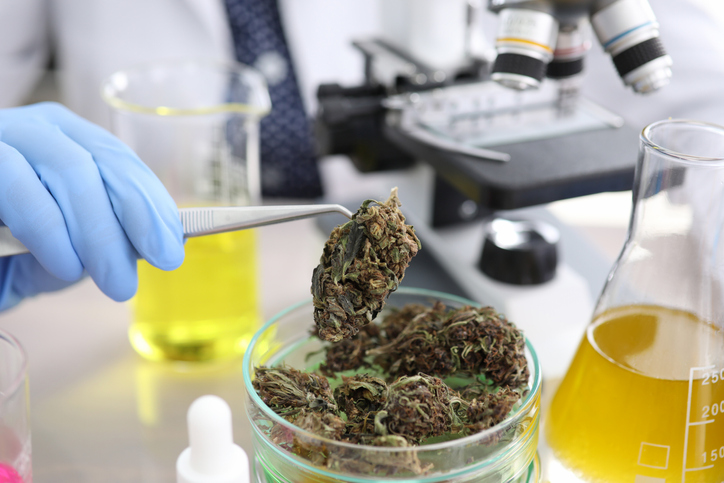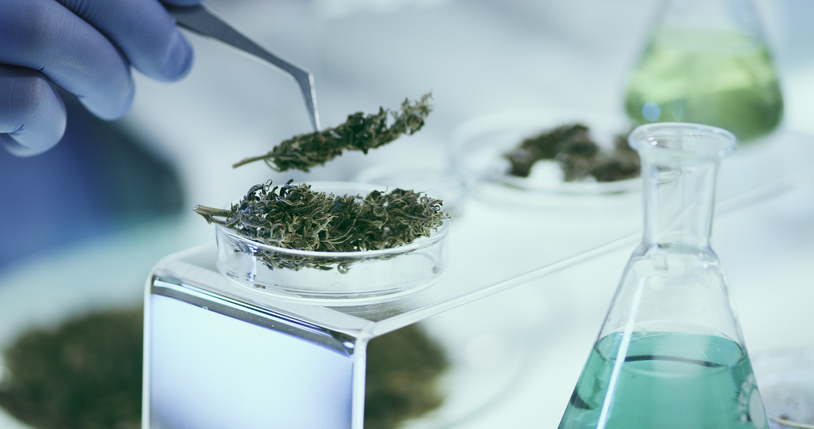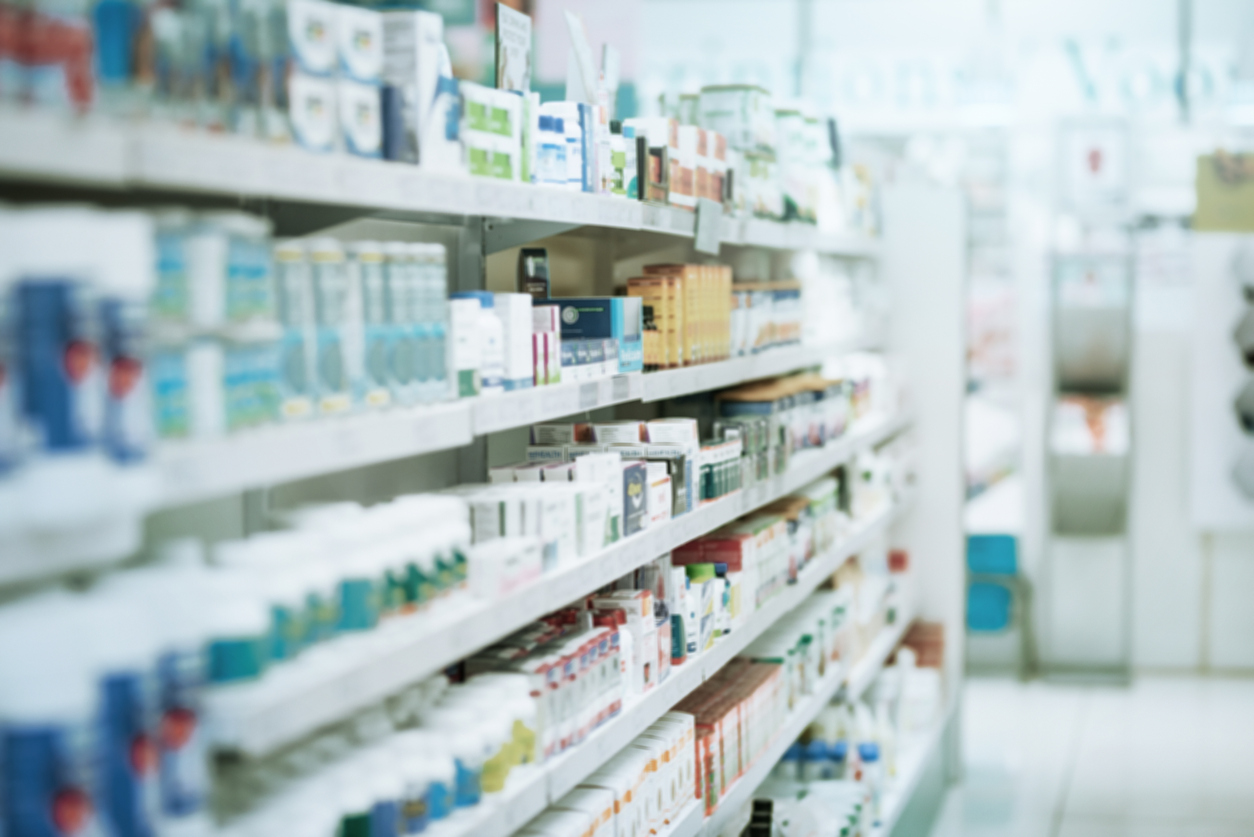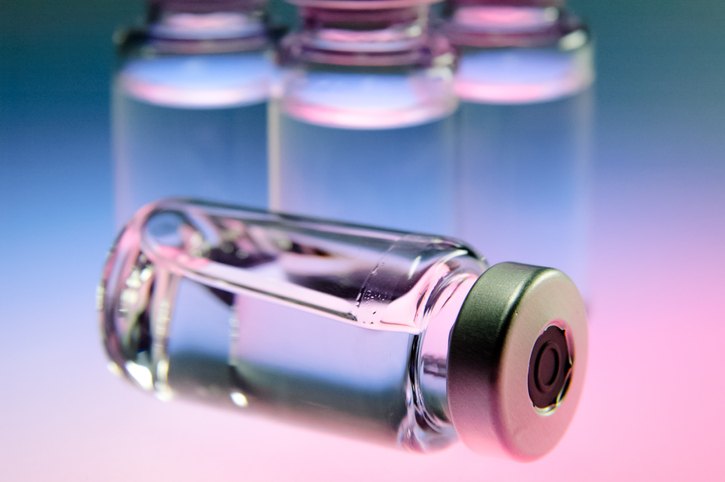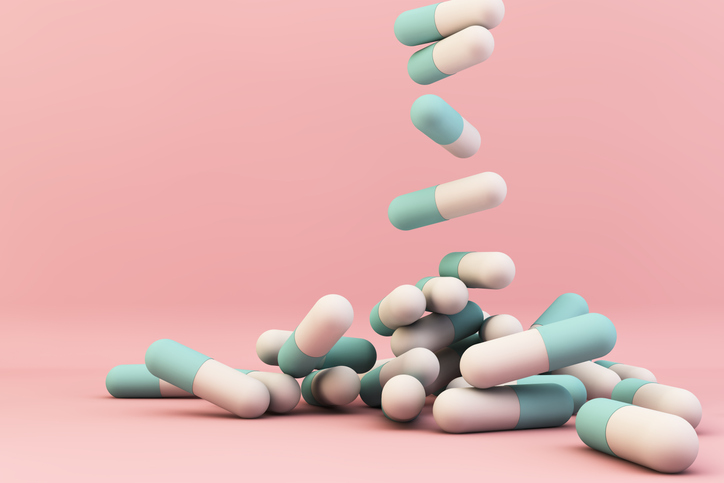Treatments
What Is Stevens-Johnson Syndrome (SJS)?

Stevens-Johnson syndrome (SJS) is a rare, serious condition that most commonly develops as a severe reaction to a medication. It can also occur as a result of an infection, such as pneumonia or HIV. SJS affects the skin and mucous membranes. Symptoms include a painful skin rash that spreads and blisters; the top layer of skin then dies, sheds, and begins to regenerate. Painful blisters can cause difficulty eating, swallowing and urinating.
Stevens-Johnson syndrome requires immediate medical treatment. Hospitalization is often needed to treat the cause of SJS, care for the wounds, control pain levels, and minimize complications as the skin regenerates. Recovery from SJS may take weeks to months. Medical treatment can help protect the skin and other organs from long-term damage.
Causes
Stevens-Johnson syndrome is most commonly caused from a severe reaction to a medication that occurs within the first two months of taking the drug. There are more than 100 medications that can trigger SJS; the most common include the following:
- Medicines to treat gout or kidney stones, such as allopurinol
- Over-the-counter pain relievers, such as acetaminophen, ibuprofen, or naproxen sodium
- Prescription nonsteroidal anti-inflammatory drugs (NSAIDs), such as piroxicam, nevirapine or diclofenac
- Sulfa antibiotics
- Antiretroviral medications, such as nevirapine
- Antipsychotics
- Anti-epileptic drugs, such as phenytoin, carbamazepine, lamotrigine or phenobarbital
Non-medication causes of SJS include the following:
- Infections, such as mycoplasma pneumonia, herpes, hepatitis A, and HIV
- Vaccinations
- Graft-versus-host disease, a condition that can develop after a bone marrow transplant
Symptoms
Symptoms of medication-induced SJS can appear within one to three weeks after starting a medication or up to two weeks after discontinuing a medication. Symptoms of SJS often begin with flu-like symptoms and include the following:
- Flu-like symptoms (e.g., cough, headache, body aches, fever, fatigue)
- Sore mouth and throat
- Red, painful, burning or watery eyes
- Painful skin with a red or purple rash or blotches
- Blisters on the skin or mucous membranes of the mouth, nose, eyes or genitals
- Peeling and shedding skin (within days after blisters form)
- Drooling (due to pain from closing the mouth)
- Eyes sealed shut (due to blisters and swelling)
- Painful urination (due to blistered mucous membranes)
Risk factors for developing Stevens-Johnson syndrome
Children or adults of any age can develop SJS; however, medication-related SJS more commonly affects adults, whereas infection-related SJS more commonly affects children. Factors that increase the risk of developing SJS include the following:
- History of SJS, especially if using the same medication that caused the initial reaction
- Family history of SJS
- Variation of the human leukocyte antigen-B gene
- Weakened immune system due to HIV/AIDS, an organ or bone marrow transplant, or an autoimmune disease
- Cancer, especially blood cancer
- Systemic lupus erythematosus
- Chronic diseases of the joints or connective tissue

